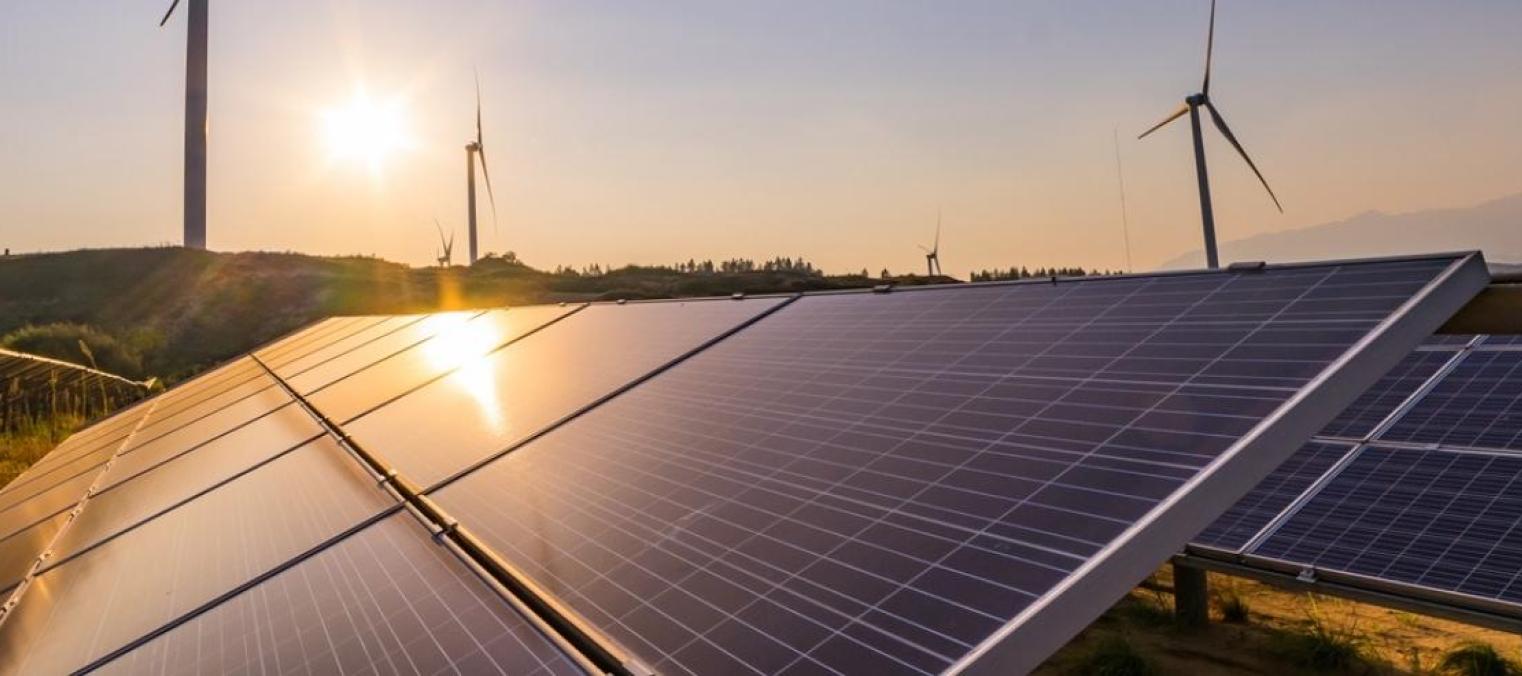




- Bulk of the new jobs could be created by small projects like roof-top solar and mini and micro grids
- Workforce employed in the sector could increase 10 times by 2030
New Delhi, 27 January 2022: India’s renewable energy sector could potentially employ around one million people by 2030, which would be ten times more than the existing workforce of an estimated 1.1 lakh (110,000) employed by the sector, according to an independent study released today by the Council on Energy, Environment and Water (CEEW), Natural Resources Defense Council (NRDC) and Skill Council for Green Jobs (SCGJ). The study ‘India’s Expanding Clean Energy Workforce’ highlighted that most of the new jobs would be generated by small-scale renewable energy projects such as rooftop solar and mini and micro-grid systems compared to utility or large-scale projects like solar parks.
The CEEW-NRDC-SCGJ analysis also highlighted the adverse impact of the pandemic on employment in the renewable energy sector. In comparison to 12,400 new workers employed in the sector in FY19, only 5,200 new workers were employed in FY20 and 6400 were employed in FY21. In FY21, a majority of the new workers were employed in the rooftop solar segment where annual capacity additions grew by nine percent over FY20 and accounted for 1.4 GW capacity. The study further found that India has successfully trained 78,000 people under the Suryamitra training program, between 2015 and 2017, to improve the availability of skilled workers for clean energy projects.
Dr Arunabha Ghosh, CEO, CEEW said: “India’s ambitious renewable energy targets provide an opportunity to deliver on jobs, growth and sustainability while transitioning to a low-carbon economy. The upcoming Union Budget must especially focus on scaling up rooftop solar, mini and micro grid systems, and domestic solar manufacturing to maximise the employment opportunities in the sector. Further, to accelerate the deployment of solar parks and increase the uptake of decentralised renewable energy applications such as solar pumps and rooftops in rural India, it would be critical to train the rural youth and make them employable in various parts of the renewables ecosystem.”
Sameer Kwatra, Director, India Program at NRDC said: “India’s unprecedented renewables journey can set a new paradigm on how countries pursue prosperity without adding carbon to the atmosphere. With nearly 700 million people under the age of 30, creating clean futuristic jobs is a priority for the country. Powering the economy through renewable energy will not only enhance energy independence, avoid carbon emissions and air pollution, but also help meet India’s employment goals. The time to invest in renewable energy technologies and skillset of the future is now.”
“Availability of a skilled workforce is critical to leveraging the employment opportunities that the renewable energy sector could generate in the coming years. The clean energy skill development programmes should target rural areas and training curriculums should be periodically updated to meet the industry requirements. It’s also important to provide trainings on emerging technologies like batteries and green hydrogen so that a skilled workforce is available to accelerate their deployment.” said Dr Praveen Saxena, CEO of SCGJ.
The CEEW-NRDC-SCGJ study also recommended that India should focus on playing a bigger role in the global supply chain through improvement in local manufacturing of solar cells and panels. Policymakers should also focus on strengthening the grid infrastructure to accommodate the high levels of variable renewable energy. These allied sectors would create additional employment opportunities.
At COP26 in Glasgow, India committed to installing 500 GW of non-fossil fuel-based energy capacity and generating 50% of its electricity through renewable energy sources by 2030. Most of the new capacities for electricity generation are expected to be based on solar and wind energy. If India were to meet its commitments, then these two sectors could potentially create 3.4 million jobs over the next eight fiscal years which would employ a million people. However, jobs created are different from the workforce needed since one person could occupy more than one position.
The study, 'India’s Expanding Clean Energy Workforce' can be accessed here.
Contact: Riddhima Sethi, [email protected]; Mihir Shah, [email protected]